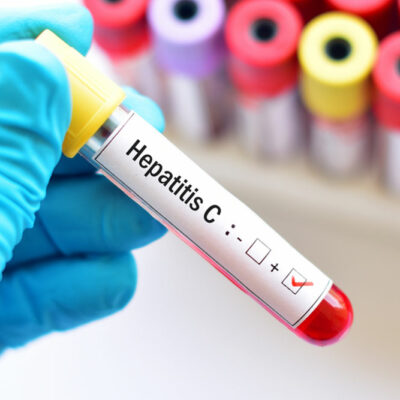
Causes & Risk Factors
Contributing factors for hepatitis in children
Contributing factors for hepatitis in children The liver is the body’s largest organ. It is a vital help in digesting food, storing energy, and eliminating toxins. Hepatitis is described as a condition where the liver experiences inflammation, which is, essentially, a tissue’s reaction to injury or irritation. Most cases of hepatitis are a result of being infected with viruses, and the types of hepatitis are named after the virus that is responsible for it. In some cases, the patient’s immune system mistakenly attacks healthy liver cells, which leads to liver damage, among many other liver issues. Any of the types of hepatitis can affect people of all ages. Here are some contributing factors that lead to hepatitis in children. Understanding these can help in preventing the transmission and in maintaining hygiene: Hepatitis A The virus that causes hepatitis A is usually present in fecal matter. It can infect children in the following ways: Eating food cooked by an infected person who failed to properly wash their hands after going to the bathroom Drinking water that has been contaminated by infected feces Coming into direct or indirect contact with an infected person’s feces Traveling to areas with a common occurrence of hepatitis A Infections during blood transfusions Hepatitis B Hepatitis B is usually transmitted through blood and the most common way in which people contract this type is when an infected person’s blood is introduced into another person’s bloodstream.




















